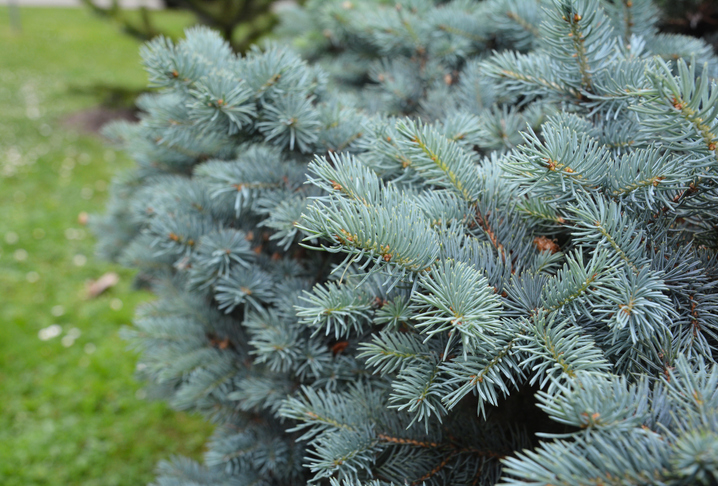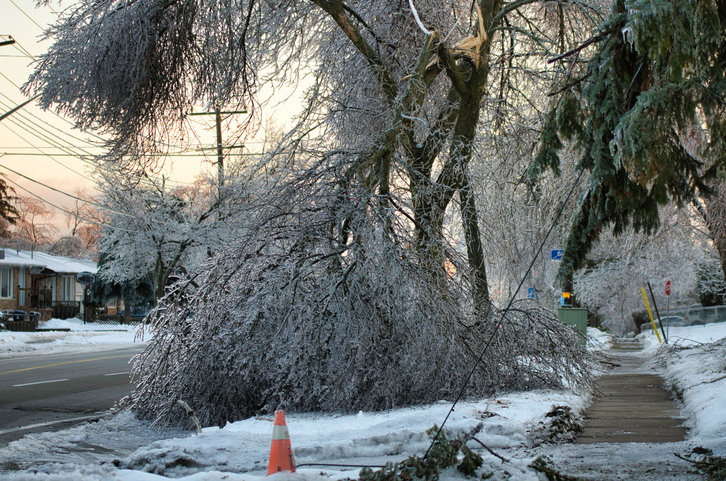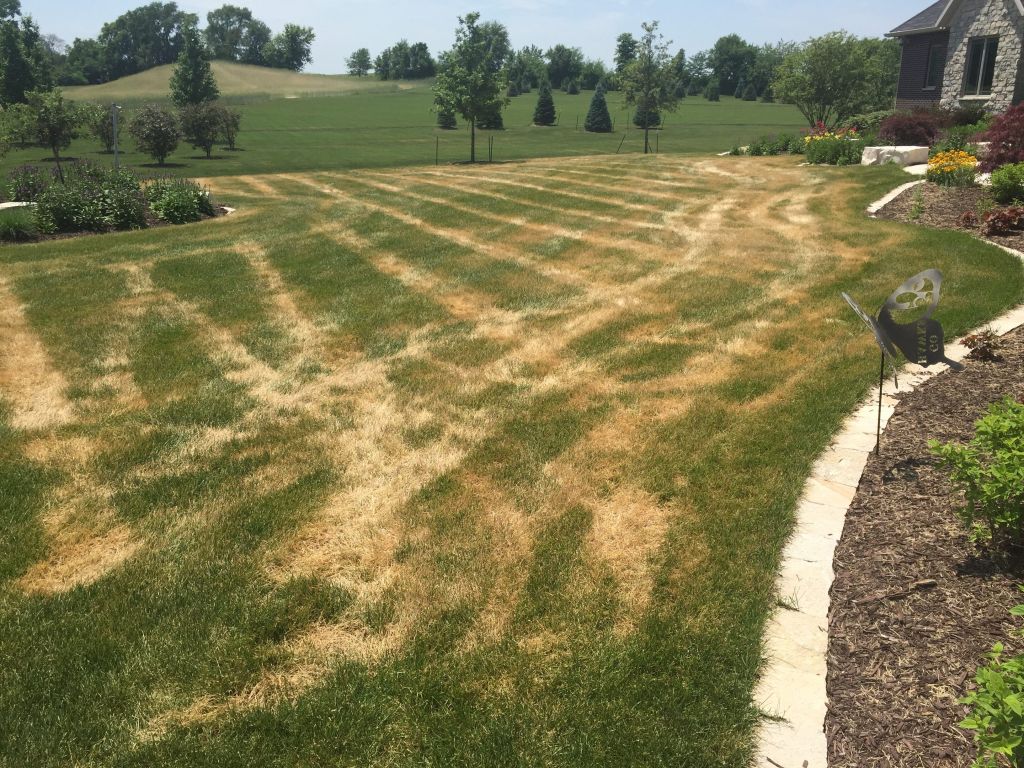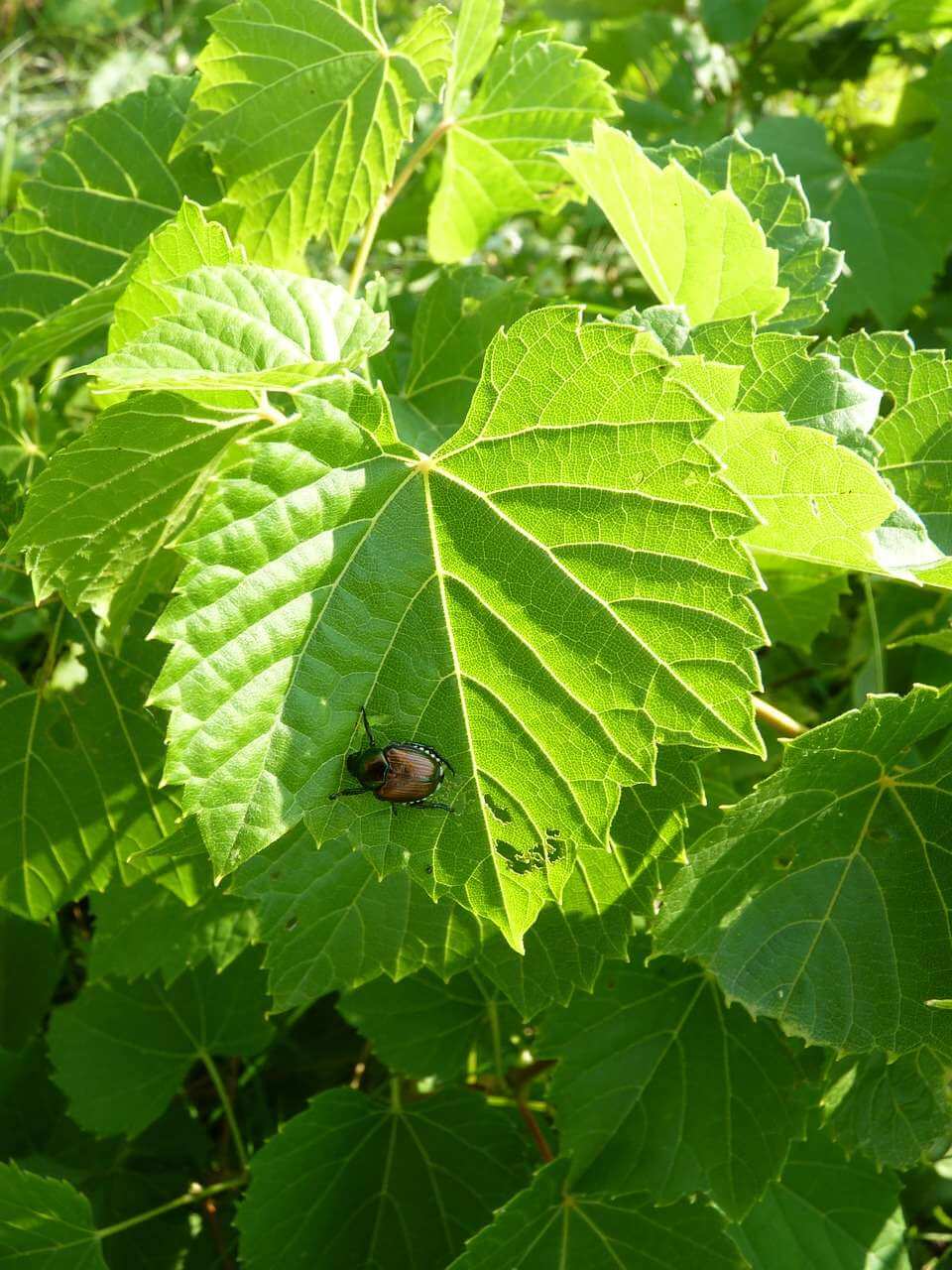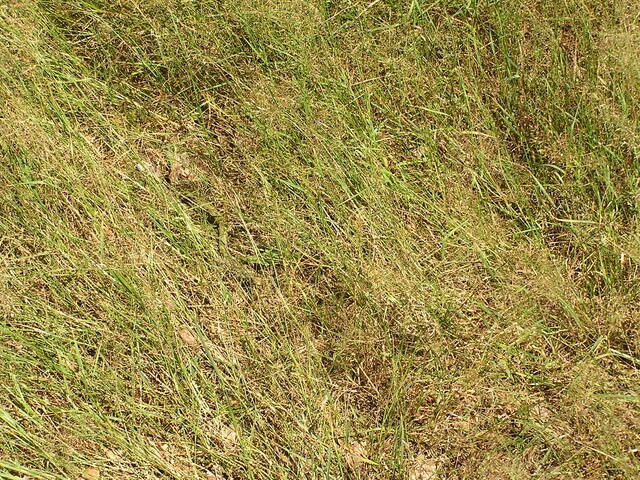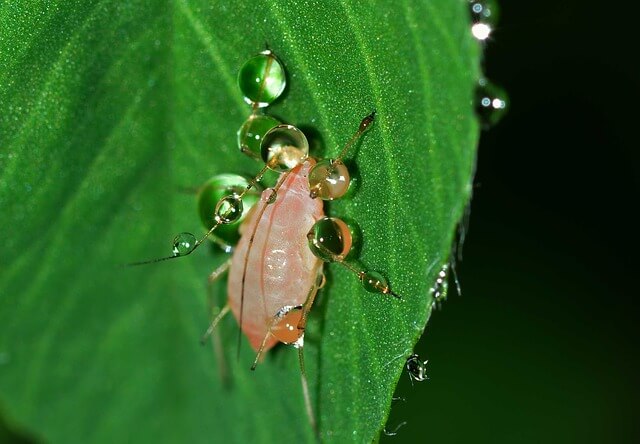What Does an Eastern Redbud Look Like?
Each spring, Eastern redbud trees burst with beautiful pinkish-purple flowers, followed by the growth of lovely reddish leaves. As spring turns into summer, the heart-shaped leaves slowly turn green, transforming into a bright yellow by autumn. The Eastern redbud is a small tree that has low branches, and they’re often found growing beneath much larger trees in forests. They’re delicate-looking, with thin branches, especially when the flowers bloom in the spring.
Each summer, seed pods, called legumes, grow on the branches of an Eastern redbud. These edible legumes grow to around two inches in length.
Where Does it Grow?
Native to New Jersey all the way to northern Florida, and as far west as Missouri and northern Mexico, the Eastern redbud grows well in all kinds of soil. They’re especially abundant in the mesic woodlands throughout Kentucky. Eastern redbuds prefer moist, well-drained soil, so they thrive in the front range. They’ve also learned to adapt to Denver’s alkaline and clay soil conditions.
These delicate-looking trees grow best in zones four through nine, allowing them to withstand the climate in most areas of Colorado. They do prefer protection from extreme weather, but can withstand temperatures as low as -30°F at elevations below 6,000 feet.
How Big Does it Get?
Eastern redbuds are small, delicate, and beautiful. They grow to about 20 feet tall, with a spread just as wide, and their branches give them a lovely, rounded shape. Their growth rate is slower than most trees, increasing about seven to ten feet every five to six years.
What Does it Need to Grow?
Eastern redbud trees are fairly easy to grow. They adapt well and can handle a variety of conditions.
What Type of Soil Does it Need?
Eastern redbuds prefer soil that is well-drained and moderately moist, with a pH that is acid or basic. If your soil does not have access to plenty of water, your tree may benefit from regular irrigation.
How Much Light Do They Need?
Plant Eastern redbuds in areas that see full sun or partial shade. These small trees thrive in plenty of sunlight, but they also grow well in areas that receive filtered sun as well.
Are They Native to Colorado?
Although they grow well in Colorado, Eastern redbuds are not native to our state. In fact, they’re native to areas east of the Mississippi River, while the Western redbud is native to California.
Interesting Facts
- George Washington transplanted redbuds to his gardens at Mount Vernon in 1641.
- Redbud flowers and the legumes that grow in summer are edible, and many birds, bees, and insects feed on them throughout the year.
- Native Americans boiled and roasted the legume seeds for food, and they ate the flowers raw.
- Today, in some parts of Appalachia, people use the green twigs from Eastern redbuds to spice gave meat. They call it Spicewood.
- Many years ago, people used extracts from the inside of the bark and roots of Eastern redbuds as medicine.
If you’d like to learn more about Eastern redbud trees, contact us today. Our tree experts at American Arbor Care would be happy to provide information about trees that grow best here in Denver.



